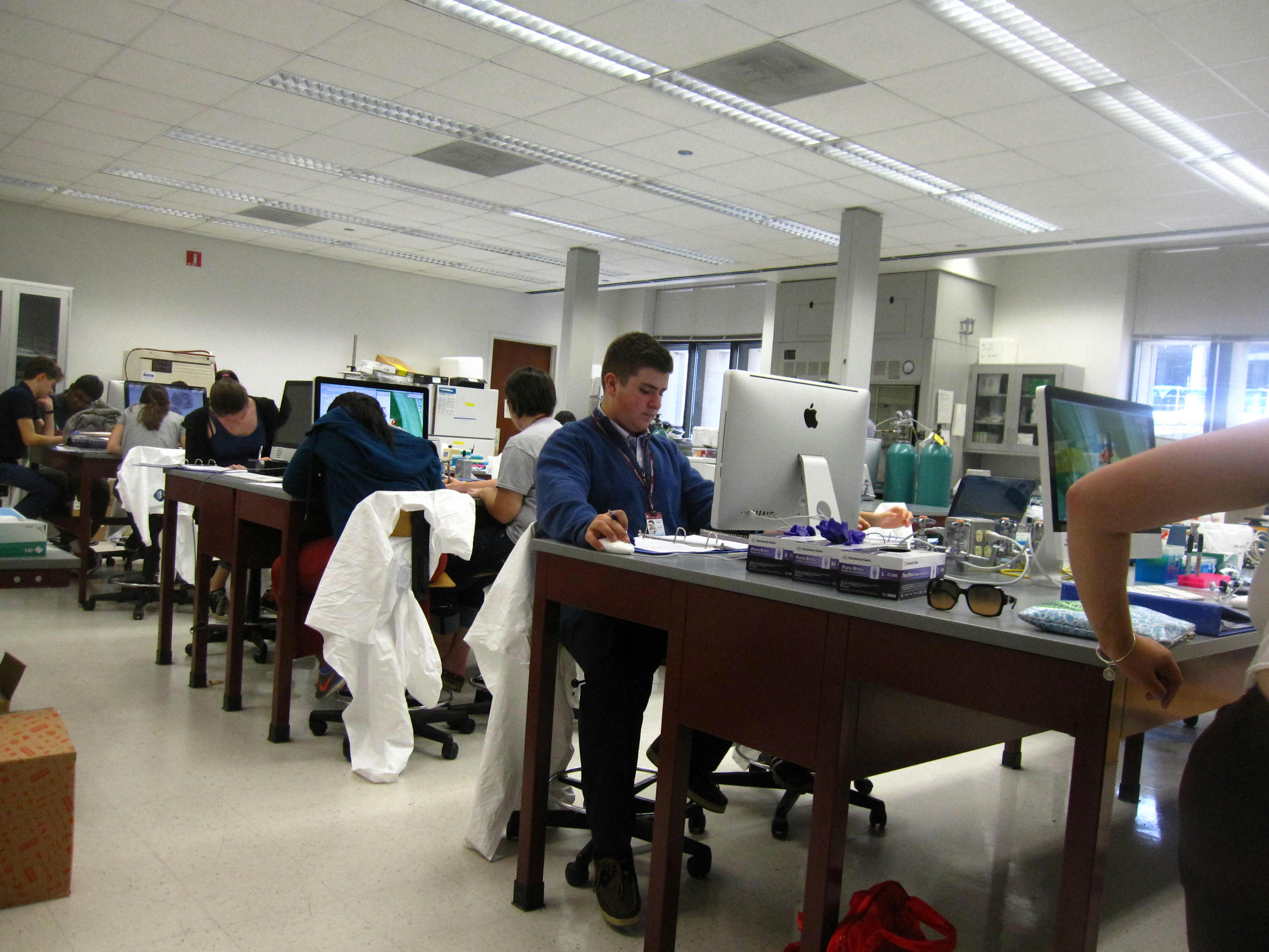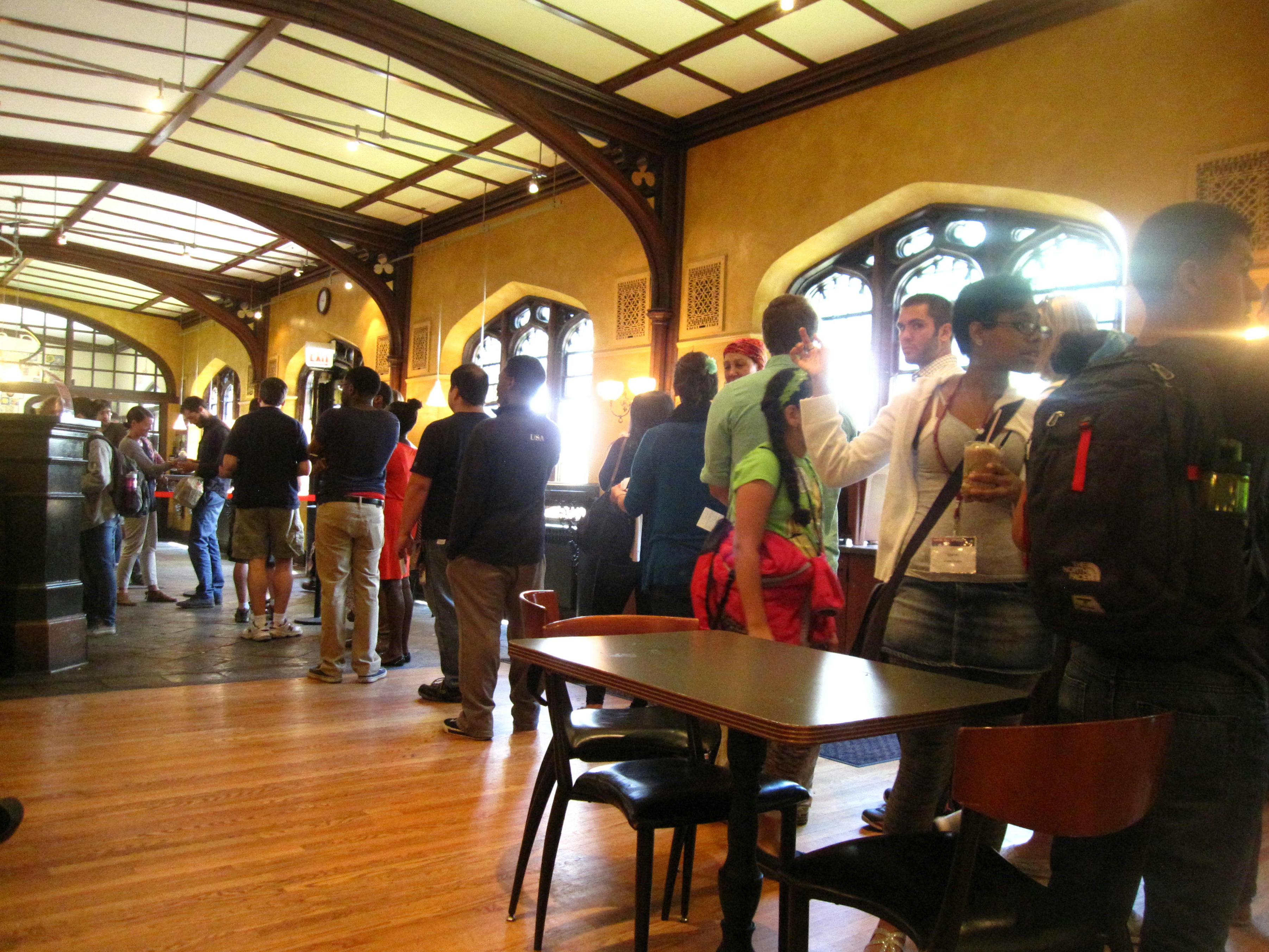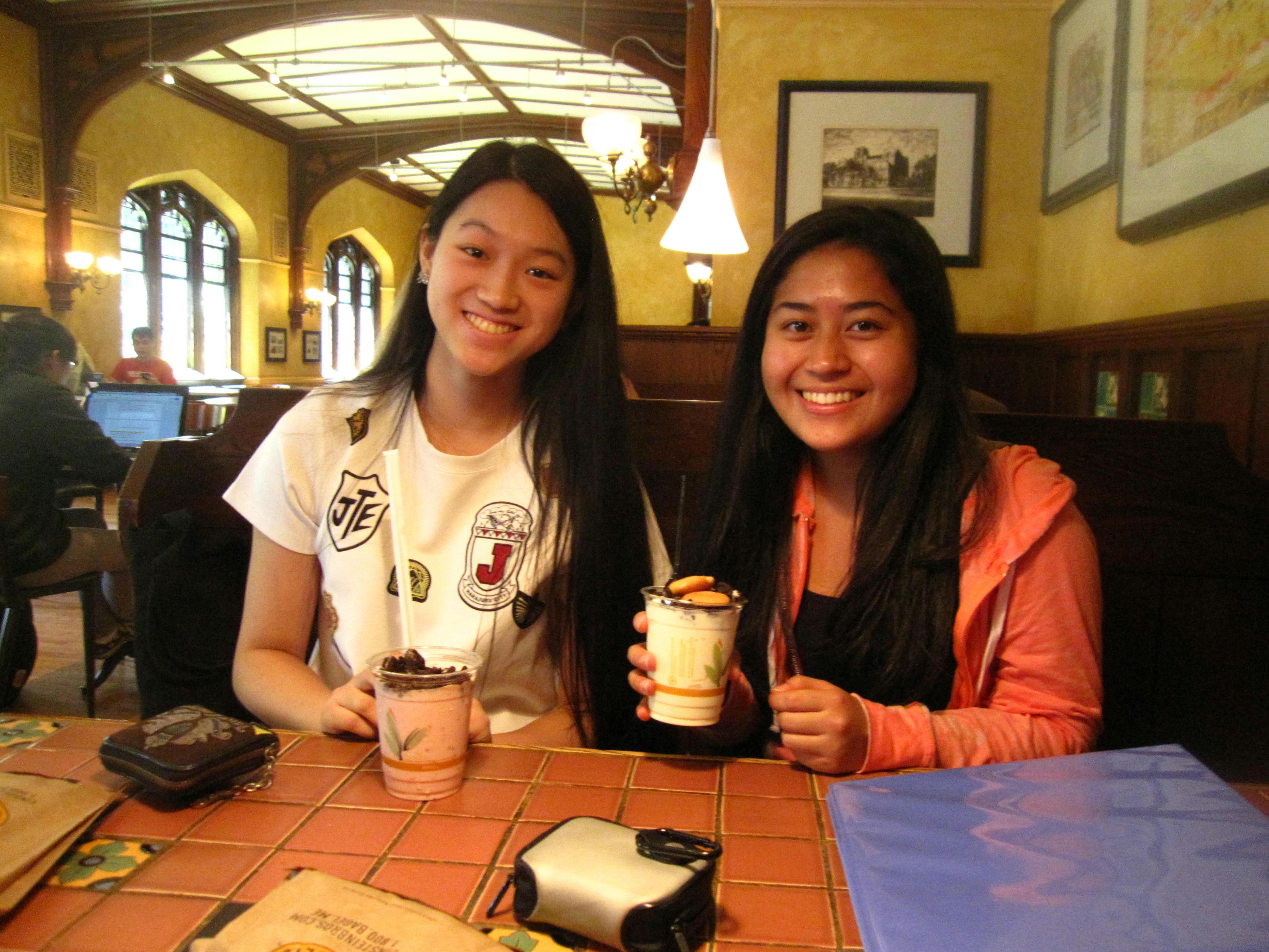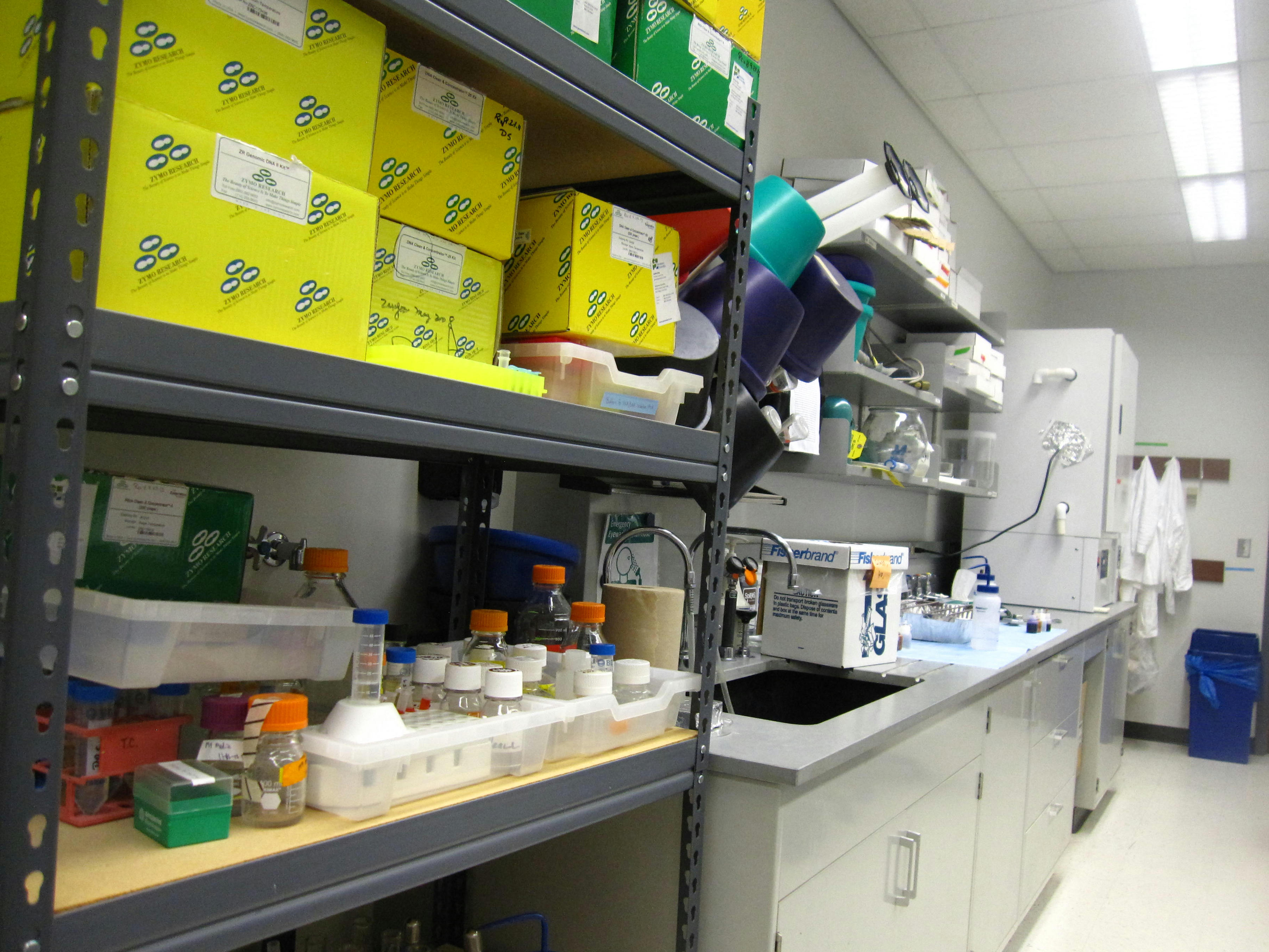Having
a nine o’clock class makes sleeping in totally doable. My roommate and I slept
in until around 8:10 AM, grabbed breakfast at around 8:30 AM, and arrived to
class by 8:50 AM.
As
usual, we had our usual “update” on recent biotechnology. Hanna talked about cocaine
esterase, an enzyme that flushes toxic levels of cocaine during an overdose (if
you want to read for yourself: http://blogs.discovermagazine.com/d-brief/2014/06/26/cocaine-busting-mutant-enzyme-treat-overdoses/#.U8d0RvldVM).
Of course, this new development could save many lives, but I think if this is actually
implemented more people would be encouraged to do cocaine.
Dr.
Bhasin gave an in-depth lecture, as usual. Today we talked about transcription,
translation, and the causes and consequences of mutations. I wasn’t lying in my
last blog when I said that whenever she talks, I’m filled with new information.
Though a lot of information was new, the rest was familiar.
Afterwards,
we discussed New Ways to Squash Superbugs,
the article we had for homework about the new tools and tactics scientists are
taking to discover novel antibiotics. We talked about MRSA, VRSA, the ways
current antibiotics are using to kill bacteria (such as prohibiting protein
synthesis and DNA unwinding), and how bacteria fight back (the most interesting
one I found was drug excretion [when a pump is mounted in the cell membrane
that excretes the antibiotic molecules enough so the bacteria can avoid
death]).
 |
| Our lab |
We
discussed antibiotic resistance, the new ways scientists are coming up to beat
pathogens (such as using narrow-spectrum drugs that target a specific pathogen
without damaging other bacteria), and the cultural influences (how some people
feel the need to depend on antibiotics, which encourages antibiotic resistance,
while other groups of people choose to use herbs) and ethics surrounding this
topic (should we save the lives of people, knowing that continuing the use of
antibiotics could worsen our situation?).
I
learned much from my peers during the discussion. I love how we pointed out the
things we’d noticed to each other, and how hearing it from different voices
really opened my mind to other ways of thinking. I also learned something about
myself during the discussion—seminar-type classes are for me! I definitely enjoy
classes set up like that.
 |
| The long line at Einstein Bagels |
Afterwards,
Kaitlyn, April, and I went to lunch at Einstein Bagels, since it was $1 Shake Day.
My vanilla milkshake with Oreos and Nilla Wafers was so good! It’s a pretty big
cup, too, for such a good milkshake.
By
1 PM, we were back in class, taking our second lab protocol quiz. I was
nervous, but I think I did okay on it, since I knew what to expect.
 |
| April and I with our $1 milkshakes |
The
lab was easy! We used StarBiochem to observe the structures of normal
hemoglobin and sickle hemoglobin. We were also able to discover the single amino
acid substituted that changed the structure of the protein hemoglobin, glutamate.
It was fun to determine the substitution ourselves and experience biotechnology
research. April and I were able to finished early, at around 2 PM (which we’re
very proud of).
After
hanging out with April and discussing musicals with Kaitlyn, I (and later Oyin
and Vicky) got to work on my homework and readings.
If
this is college life, I love it. I am feeling stressed by the workload of this
class, but I’ll tough it out… it’s worth it.
Speaking
of labs, our lab tomorrow will include isolating plasmids and involve hands-on
work with agarose gel electrophoresis! I never thought I’d have an opportunity
to even see a gel before, and now I get to work with one. Every late night,
early morning, homework assignment, and extensive reading assignment on this trip
is worth it.


.jpg)














